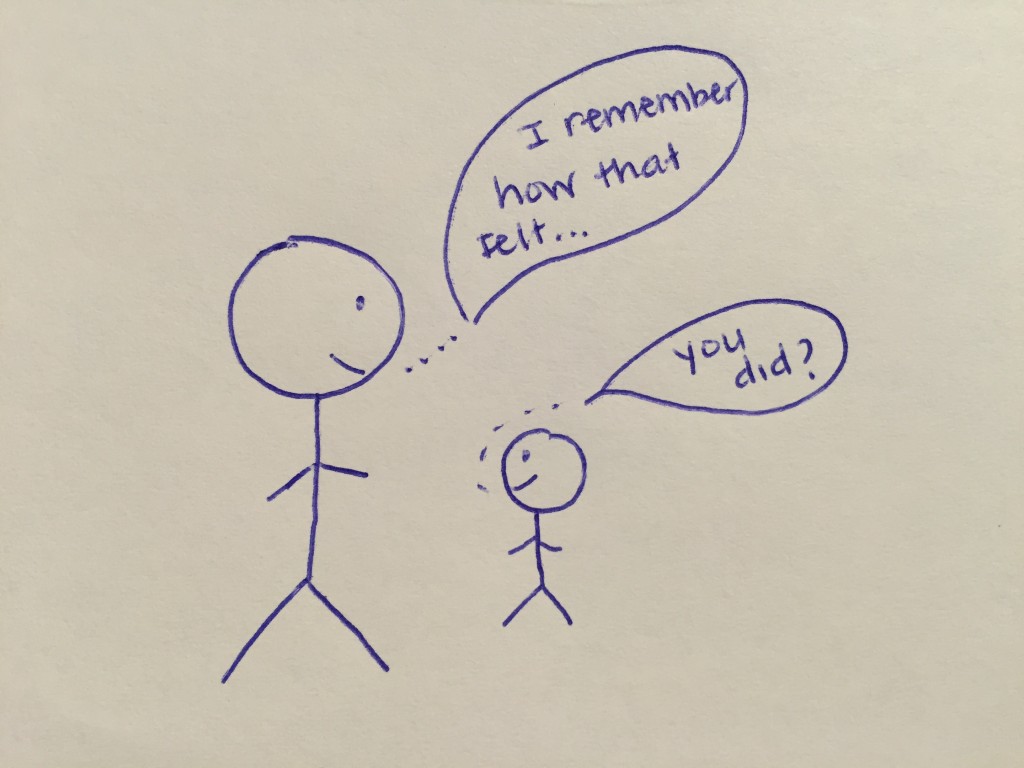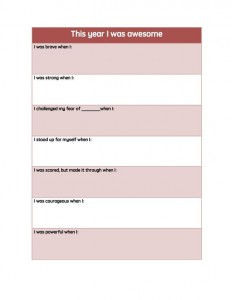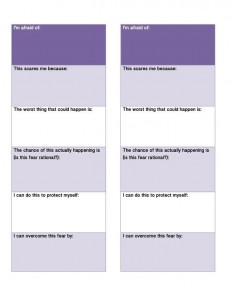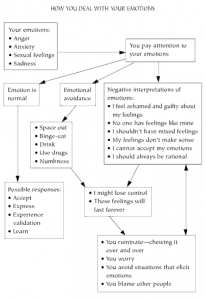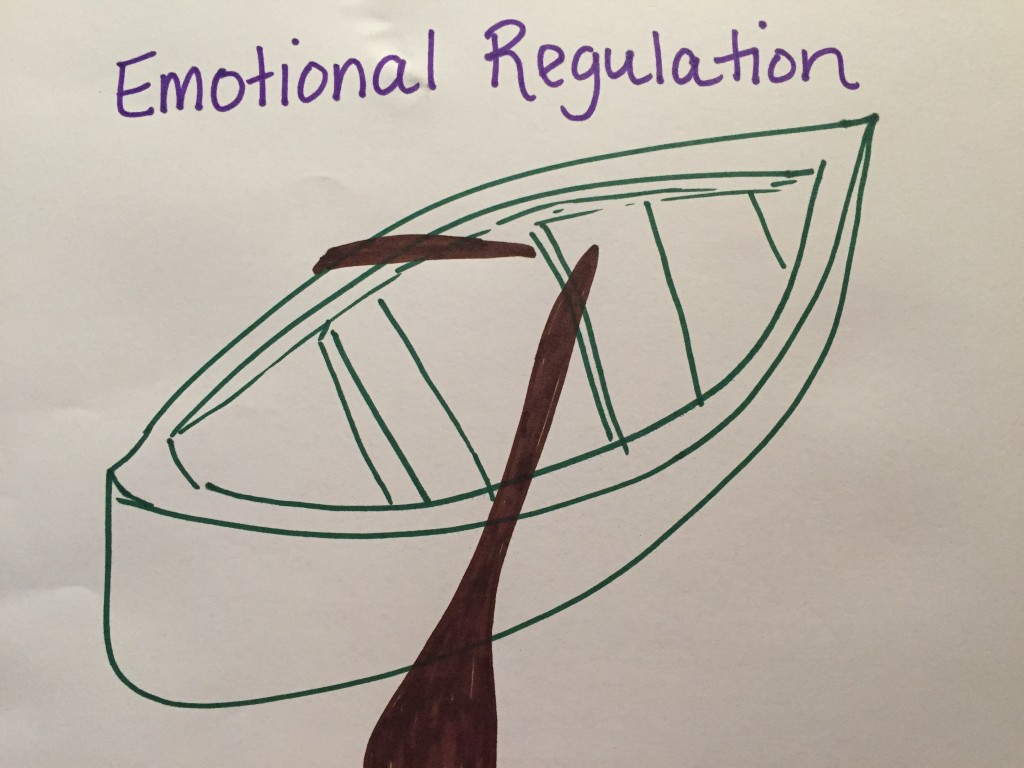What is emotional regulation? It is the ability to manage and control an emotional response through strategies that are self-soothing. The reactivity and regulatory responses to stressful situations may cause people to respond either negatively or positively. This depends on the integration of the right and left sides of the brain. (Cicchetti, Ganiban, & Barnett, 1991; Kopp; 1982; 1989; Thompson, 1994; Siegal & Bryson, 2011).
According to Dr. Daniel Siegal (2011), he explained that the brain has two hemispheres, right brain (emotional) and the left brain (logical). The integration of accessing both sides of the brain is an important aspect to our mental well-being. The two hemispheres integrate emotional responses and logical responses to regulate our reaction to stress.
Self-awareness and attunement to emotions are the building blocks to integrate the right with the left brain. Responding to emotional needs before arriving at solutions validates feelings and creates self-actualization (fulfillment and pride).
To find out more on whether you are self-aware, take the quiz below, and keep in mind tests are not always accurate.
http://embracingcivility.com/wp-content/uploads/2012/06/Self-Awareness-Quiz.pdf
Cicchetti, D., Ganiban, J., & Barnett, D. (1991). Contributions from the study of high-risk populations to understanding the development of emotion regulation.
In J. Garber & K. A. Dodge (Eds.). The development of emotion regulation and dysregulation (pp. 15–48). Cambridge: Cambridge University Press.
Kopp, C. (1982). Antecedents of self-regulation: A developmental perspective. Developmental Psychology, 18, 199–214.
Kopp, C. (1989). Regulation of distress and negative emotions: A developmental view. Developmental Psychology, 25, 243–254.
Siegal, D.J. & Bryson,T.P. (2001). The Whole- Brain Child: 12 Revolutionary strategies to nurture your child’s developing mind. New York: Bantam Books.
Thompson, R. A., & Calkins, S. D. (1996). The double-edged sword: Emotion regulation in high risk children. Development and Psychopathology, 8, 163–182.
http://embracingcivility.com/wp-content/uploads/2012/06/Self-Awareness-Quiz.pdf
